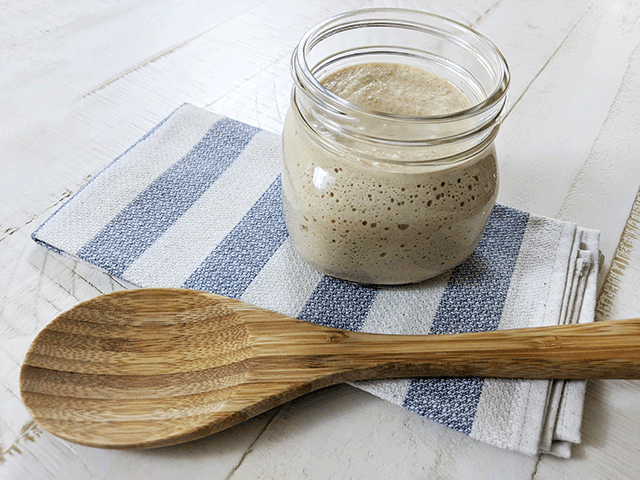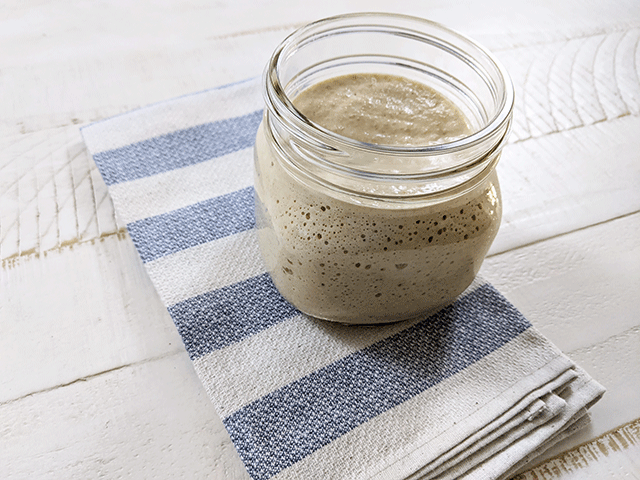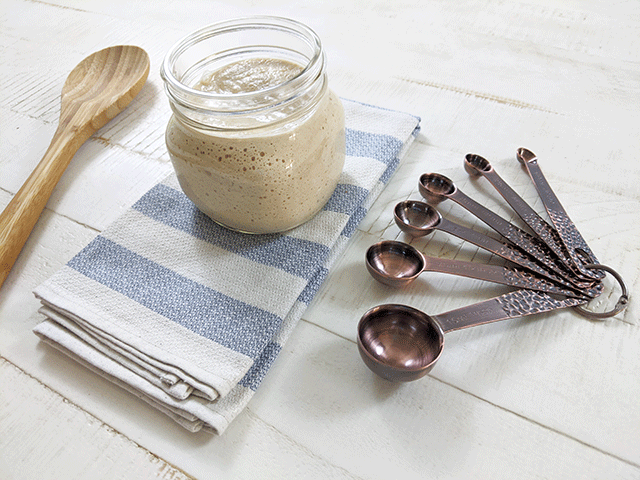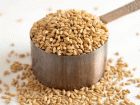
I’m constantly on the lookout for bread recipes to try. From sandwich bread to artisan-style loaves, new recipes excite me. The easiest recipes stick with basic ingredients and methods. Just combine flour, water, salt, and yeast in a bowl, let it rise, shape it, and bake.
Some recipes, naturally, are a little more complicated than that. For a tangier flavor, some recipes rely on levain as a preferment. For a stronger dough with a better shape, some recipes use poolish or biga. Some recipes will let you swap liquid levain for sponge. Other recipes insist that you make a pâte fermentée to get the best results possible.
With so many unique terms, new recipes can seem confusing. Here’s a quick guide to Levain, Poolish, Biga, Sponge, and Pâte Fermentée and their differences.
What Is a Preferment?
A preferment is an important part of the fermentation process. It’s the first step in baking more flavorful bread.
Typically, a preferment consists of a small of amount of dough that you set aside. You then let it ferment on its own before you mix it with the rest of your dough. Sometimes you start a preferment a few hours before baking, other times you make a preferment the day before baking. And in some cases, your preferment takes weeks before it’s ready to mix with your final dough.
Preferments vary in consistency and flour to water ratios. Some preferments use commercial yeast* to jump-start the process. In contrast, some recipes rely on natural yeast and bacteria to do the heavy lifting.
The most commonly used preferments are Levain, Poolish, Biga, Sponge, and Pâte Fermentée. I’ll give you a breakdown of how they’re used.
What Is Levain?

Levain, AKA sourdough starter, is a basic mix of flour and water. It does not use commercial yeast. Rather, it focuses on developing natural yeasts and bacteria already occurring in the flour and the air.
Levain takes several days of active feeding before it’s ready for use in baking. Although you can make a levain in about 5 days, the longer you maintain the levain, the more flavorful and fluffy your bread will be.
Stiff Levain vs. Liquid Levain
Many sourdough recipes use levain, but the consistency of that levain varies widely.
As a general rule, if a recipe calls for a stiff levain, then it needs a starter with 60% hydration or below. So if you were going to make a stiff starter, you’d mix together 2 parts flour to 1 part water. Or as an example, you would blend 100 grams flour with 60 grams water (or even less water). A stiff levain lends a more subdued acidic taste in the final bake, but it requires extra kneading to incorporate into the rest of the dough.
A liquid levain, in contrast, typically uses 65% hydration or higher. If you wanted to make a liquid starter, you could combine 2 parts flour to 1 part water (or close to it). Or as an example, you would blend 100 grams flour with 65 grams water (and perhaps a little extra water for higher hydration). A liquid levain provides a creamier, subtler sour tang to the final loaf, and it blends smoothly into the dough due to its liquid nature.
So far, most of my sourdough recipes use a liquid levain at 100% hydration, or 1 part flour to 1 part water, or 100 grams flour to 100 grams water.
If you understand baker’s percentages, you can easily convert a liquid starter to a stiff one and back again by altering the way you feed your starter before you bake. It just takes a bit of math.

What Is Poolish?
Poolish is similar to liquid levain in that it ferments at 100% hydration, or equal parts water and flour. However, unlike liquid levain, poolish only ferments for a few hours (anywhere from 12 to 16 hours) rather than a few days.
So what makes poolish effective with so little time?
It uses a small percentage of commercial yeast to do the work, about 0.1-0.2% fresh yeast. So if your recipe needs poolish, you’ll likely need about 100 grams flour, 100 grams water, and the tiniest pinch of yeast – less than 1/8 teaspoon.
Poolish creates a sweet, nutty, and aromatic flavor when added to the final dough.
What Is Biga?
Biga is similar to stiff levain in that it ferments at 50-60% hydration, or 2 parts flour to 1 part water, or 100 grams flour to 50-60 grams water. Additionally, biga is similar to poolish in that it relies on commercial yeast to do the work.
Because biga has a lower hydration than poolish, it takes longer to finish its fermentation process. The lack of water slows the yeast’s ability to consume the starches in the flour. To speed the process, many bakers make biga with more commercial yeast, about 1% yeast rather than 0.1%.
Biga’s stiff consistency makes it more difficult to incorporate into the final dough. To ensure an even spread of yeast, bakers often cut biga into smaller pieces and mix it with additional liquid before kneading it with the rest of the recipe.
What Is Pâte Fermentée?
Pâte Fermentée translates from French to “fermented dough.” It is a handy way to ferment dough from bread you make on a regular basis.
When you make bread, you can set aside 1/3 of your loaf after it has finished its bulk fermentation. You then incorporate the old dough as leaven for your next batch of bread, set aside 1/3 of that loaf after it has finished, and continue the process.
For example, you make an artisan-style loaf of sourdough one day. You mix the flour, water, salt, and starter together. Then you let it bulk ferment. After fermentation, you can set aside 1/3 of that dough for your next loaf and shape the remaining dough to bake. The Pâte Fermentée goes in the fridge for three days and it’s ready to use as a starter for your next loaf.
Unlike the other preferments, Pâte Fermentée actually has a small percentage of salt, which slows the yeast somewhat. However, it also has a higher percentage of yeast from each bulk fermentation process that it undergoes.
Although Pâte Fermentée feels stiffer and more like final bread dough than the other preferments, it does loosen when mixed with the rest of the dough. And Pâte Fermentée adds buttery undertones to the final bake.
What Is Sponge?

If you’re working with bread recipes that require a preferment, you might see the term sponge tossed around now and again. Sponge is a general name for a preferment, rather than a specific preferment like poolish or biga.
Still Have Questions
Hopefully by defining these Levain, Poolish, Biga, Sponge, and Pâte Fermentée, you can feel more adventurous when trying new recipes. However, I can’t define everything in a single post. So if you have additional bread baking questions or feel confused about what I’ve explained here, feel free to ask a question in the comments below or send me an email.
*As an Amazon associate, I receive a small commission for affiliate links. However, I only recommend products I regularly use and enjoy. Your purchases help support my site.




Great explanations. Thank you very much.
You’re most welcome! Let me know if you have any questions 🙂
Hi! If my recipe calls for a big’s made with buttermilk, can I substitute my 100% hydrated sour dough starter. I understand I works have to adjust the moisture level. Thanks!
Hmmm… That is a good question. If you adjust for moisture, I could see the sourdough tang easily replacing the buttermilk tang, and the yeast from the sourdough working just as effectively as a biga. However, you should keep in mind that buttermilk has fat in it while sourdough starter does not. You’ll need an extra bit of butter or oil in your recipe that you’ll also need to account for. I’m all for experimentation – so why not give it a try?
I’m sorry. I meant a biga.
I am making sourdough starter for GF breads and I was wondering what the difference was between lavain and poolish. Your explanation was the first to come up in my DuckDuckGo. Yours is actually the best of the following 6 results. Kudos for a truly well thought out and written tutorial!!
That’s so awesome to hear. Thank you for your kind words. Happy baking!